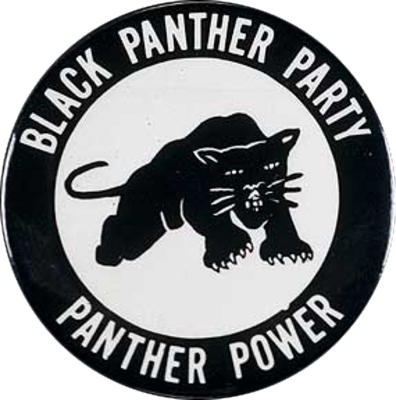I remember learning about this attack in class on Friday. I was on the DailyMail website during our break when I saw the breaking news: Lorry drives through Bastille Day parade in Nice, at least 80 dead”. As I read on, there were pictures of strollers, flags, and toys strewn throughout the crime scene. My fellow classmates were horrified and confused as I told them of this tragedy. However, one thing was clear to all of us, you can’t just accidentally drive through a huge crowd for an entire mile on an accident; this had to be an act of terrorism, and soon enough, those words were on every article. While I sympathized with the victims and their families, I was also hoping that the driver was not Muslim or Middle Eastern, for that would create another group of pained people: the innocent Muslims and Middle Eastern people who would face violence and harassment for a crime they didn’t commit.
I thought the way that this tragedy was being reported was very strange and unusual for a terrorist attack. While, the focus was the attacker more so than the victims, that was not unusual. By the day after the attack, a picture of the terrorist, Mohamed Bouhlel had been found and was being used as his main photo by many online new sites, even well-known ones like the Daily Mail. Having such a nice picture being used was usually a privilege only white kids who committed a crime received. I think its interesting that this Middle Eastern, Muslim man is also being presented to the public with a smiling picture of him, probably on vacation. Any other time a person of color is involved in an attack like this, the media will search high and low to find a picture in a bad light, but it’s almost like they didn’t try. In addition, Bouhlel’s family and friends described him as a “bad Muslim:”, saying he drank, beat his wife, and never went to the mosque. This description is also very unusual for an “radical Islamic terrorist”, as they are usually described as being very strict and closely following Islam.
If you were to ask a group of Americans to name an activist or group who practiced civil disobedience, you may get answers like Black Panther Party or other participants of the civil rights movement, but I highly doubt anyone would say Democracy Spring. Unlike the Black Panther Party, this recently formed group of activists has yet to reach notoriety. Democracy Spring describes itself as a partnership between “over 100 progressive groups”, which strives to achieve electoral reform. The first Democracy Springs march lasted ten days, while participants walked from the Liberty Bell in Philadelphia, PA to the Freedom Bell in Washington, DC. With over 1,400 marchers being arrested, this event was the largest mass-arrest at the Capitol complex, as well as, the largest civil disobedience event in America within the last 100 years.
Democracy Spring targets primarily liberals and democrats, particularly those farther right. This is seen through the organization’s choice in ambassadors. They have strategically chosen celebrities who are known for activism and being outspoken against the Republican establishment. For example, Rosario Dawson is one of the more prominent celebrity supporters of this organization. Her twitter and instagram are littered with political and social commentary, whether it be about Black Lives Matter or 2016 presidential candidate Bernie Sanders. Dawson made headlines for protesting then president George W. Bush in 2004 and getting arrested. Democratic Springs chose to publicize Dawson’s involvement with the march. By choosing someone as politically-involved as Dawson and with her social media following, the campaign makes the target audience clear.
One slogan for Democracy Spring is “Stand Up (by Sitting In) to Save American Democracy!”. This is the movement’s call to action; it asks the American people to take a stand against corruption, specifically in the voting process. The slogan is also effective is explaining the means of the campaign, sit-ins. Along the way, from Philadelphia to DC, marchers, as well as local supporters, will participate in sit-ins, or nonviolent protests. The organization seeks to use historically-tested techniques of protest to achieve electoral reform.


